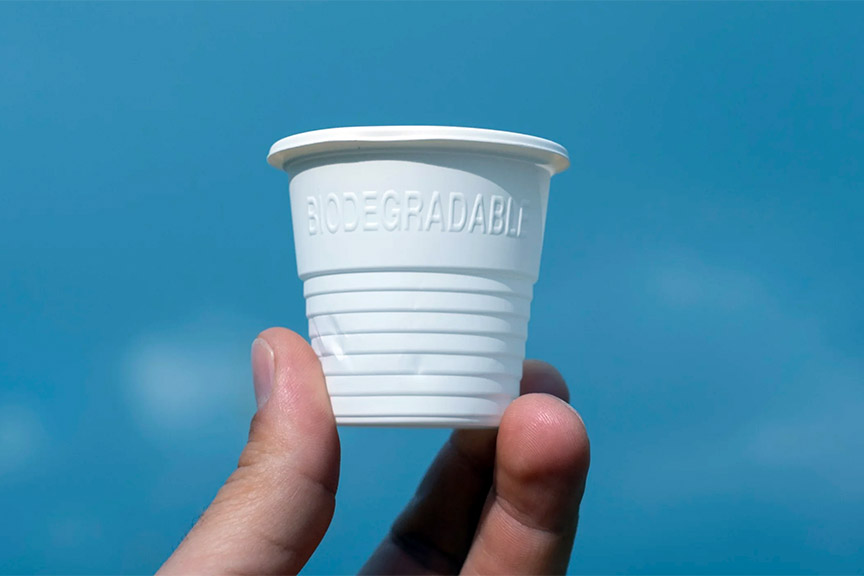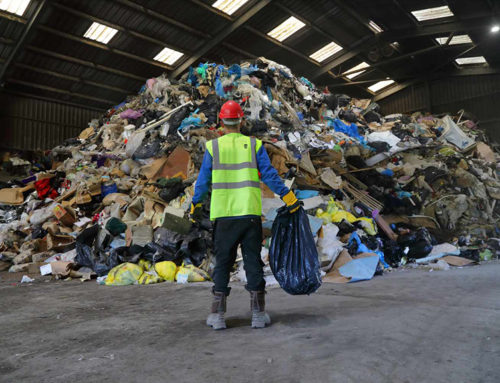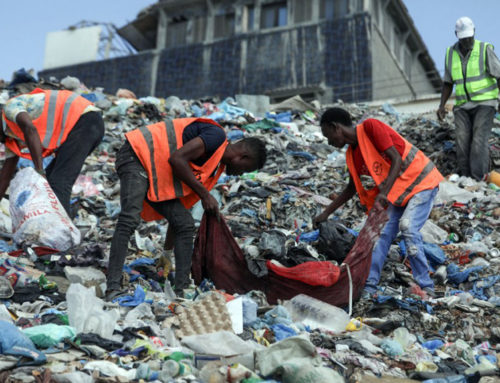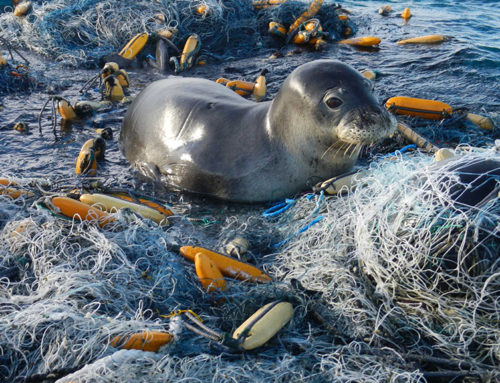In the pursuit of environmentally conscious choices, many of us opt for items labeled as “compostable” or “biodegradable,” believing we are having a more eco-friendly impact on the planet. However, a recent report by the 5 Gyres Institute has shed light on the persistent environmental costs associated with seemingly eco-friendly single-use plastics. This revelation challenges the notion that all alternatives are created equal, emphasizing that, regardless of material composition, there is always an environmental cost.
The Study:
The 5 Gyres Institute conducted a comprehensive 64-week study in 2021, testing 22 items, including pens, thin film, forks, bottles, bottle caps, straws, and bags. These items, made from traditional petroleum-based plastics, bioplastics, and natural materials like bamboo and paper, were placed in various environments such as oceans and deserts across Florida, California, and Maine.
Results and Variability:
While traditional plastics exhibited expected persistence in all environments, the study revealed a wide range of degradation rates among bioplastics. For instance, a straw made from the bioplastic PHA broke down rapidly in the ocean but showed slower decomposition on land. Similarly, a PHA bottle degraded slowly on land and in water, remaining almost intact in cooler ocean waters. Not so eco-friendly.
Factors Influencing Breakdown:
The study highlighted that items left on land took longer to break down than those in marine environments, with heat aiding in the decomposition process. Thinner items also demonstrated quicker breakdowns. This variability in degradation rates emphasizes the complexity of the issue and challenges the assumption that all eco-friendly alternatives are uniformly beneficial.
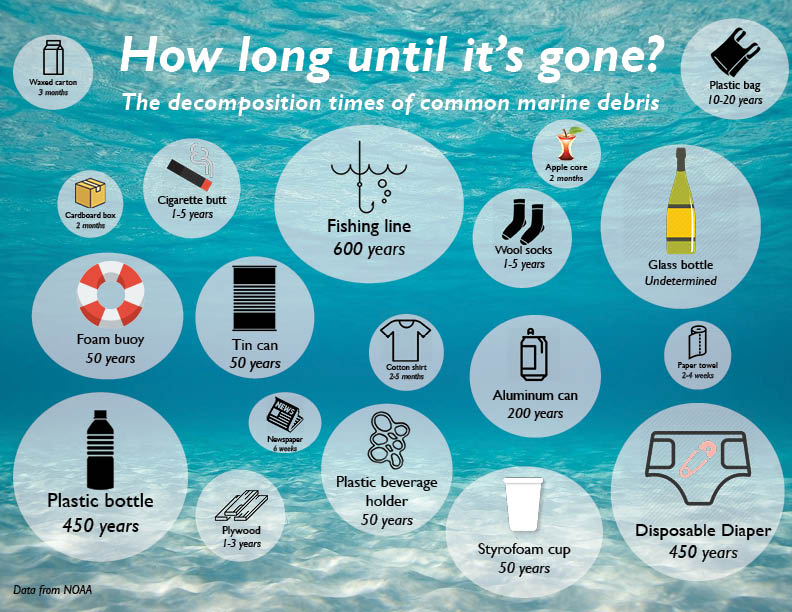
Environmental Impact and Concerns:
The study’s findings underscore the alarming extent of the plastics plague, with over 400 million tons of plastic produced annually, leading to at least 14 million tons ending up in oceans. This pervasive plastic waste poses a severe threat to marine wildlife and even impacts human health through the ingestion of microplastics.
Director of Science and Innovation at the 5 Gyres Institute, Lisa Erdle, emphasized, “Regardless of the material, there’s always going to be an environmental cost.” This assertion challenges the prevailing narrative that certain materials, labeled as eco-friendly, are exempt from contributing to environmental degradation.
Taking Action:
Individuals can contribute to addressing the plastic waste crisis by making informed choices. Many state governments have banned single-use plastic bags, and New Zealand has taken a pioneering step by banning both plastic shopping and produce bags. Consumers can also take personal responsibility by opting for reusable items such as water bottles, eating utensils, canvas shopping bags, and steel straws.
For those who choose bioplastics, the study suggests considering design, thickness, and function. For example, integrating a honeycomb-like pattern of holes into item design may aid in the degradation process by providing easy access for microbes to break down the material.
The 5 Gyres Institute’s study serves as a wake-up call, challenging assumptions about the environmental friendliness of certain plastics. As we navigate the complex landscape of single-use items, it is crucial to recognize that informed choices, rather than material labels alone, play a pivotal role in mitigating the environmental impact of plastic waste.

